
Filter News
Area of Research
- Advanced Manufacturing (1)
- Biology and Environment (9)
- Computer Science (1)
- Energy Science (45)
- Fusion and Fission (4)
- Fusion Energy (4)
- Isotopes (2)
- Materials (36)
- Materials for Computing (5)
- National Security (5)
- Neutron Science (16)
- Nuclear Science and Technology (20)
- Nuclear Systems Modeling, Simulation and Validation (1)
- Quantum information Science (2)
- Supercomputing (19)
News Topics
- (-) Bioenergy (15)
- (-) Biotechnology (2)
- (-) Composites (2)
- (-) Environment (33)
- (-) Exascale Computing (4)
- (-) Frontier (1)
- (-) Materials Science (39)
- (-) Molten Salt (2)
- (-) Nanotechnology (17)
- (-) Nuclear Energy (31)
- (-) Transportation (17)
- 3-D Printing/Advanced Manufacturing (29)
- Advanced Reactors (14)
- Artificial Intelligence (9)
- Big Data (13)
- Biology (7)
- Biomedical (22)
- Buildings (1)
- Chemical Sciences (5)
- Clean Water (2)
- Computer Science (45)
- Coronavirus (25)
- Critical Materials (2)
- Cybersecurity (6)
- Energy Storage (22)
- Fusion (14)
- Grid (7)
- High-Performance Computing (3)
- Isotopes (8)
- Machine Learning (8)
- Materials (2)
- Mathematics (2)
- Mercury (2)
- Microscopy (9)
- National Security (2)
- Neutron Science (38)
- Physics (15)
- Polymers (7)
- Quantum Science (14)
- Security (3)
- Space Exploration (2)
- Summit (17)
Media Contacts
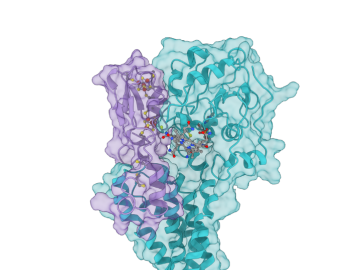
A team led by ORNL created a computational model of the proteins responsible for the transformation of mercury to toxic methylmercury, marking a step forward in understanding how the reaction occurs and how mercury cycles through the environment.

As CASL ends and transitions to VERA Users Group, ORNL looks at the history of the program and its impact on the nuclear industry.
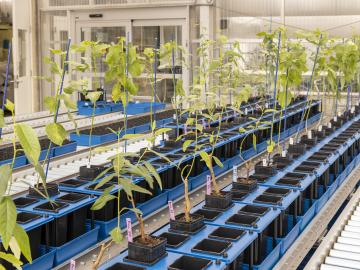
Scientists at the Department of Energy’s Oak Ridge National Laboratory have a powerful new tool in the quest to produce better plants for biofuels, bioproducts and agriculture.

Oak Ridge National Laboratory researchers have developed a machine learning model that could help predict the impact pandemics such as COVID-19 have on fuel demand in the United States.

Oak Ridge National Laboratory scientists evaluating northern peatland responses to environmental change recorded extraordinary fine-root growth with increasing temperatures, indicating that this previously hidden belowground mechanism may play an important role in how carbon-rich peatlands respond to warming.
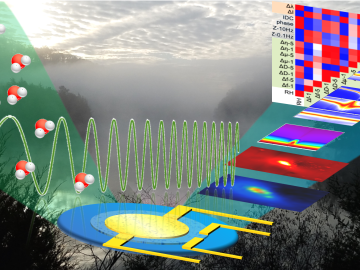
An all-in-one experimental platform developed at Oak Ridge National Laboratory’s Center for Nanophase Materials Sciences accelerates research on promising materials for future technologies.

Combining expertise in physics, applied math and computing, Oak Ridge National Laboratory scientists are expanding the possibilities for simulating electromagnetic fields that underpin phenomena in materials design and telecommunications.

Real-time measurements captured by researchers at ORNL provide missing insight into chemical separations to recover cobalt, a critical raw material used to make batteries and magnets for modern technologies.
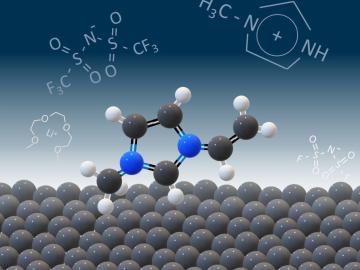
Scientists seeking ways to improve a battery’s ability to hold a charge longer, using advanced materials that are safe, stable and efficient, have determined that the materials themselves are only part of the solution.
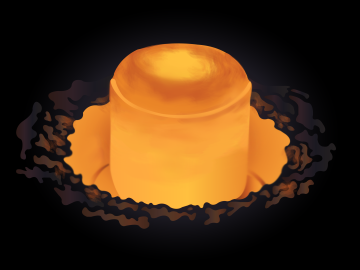
After its long journey to Mars beginning this summer, NASA’s Perseverance rover will be powered across the planet’s surface in part by plutonium produced at the Department of Energy’s Oak Ridge National Laboratory.


